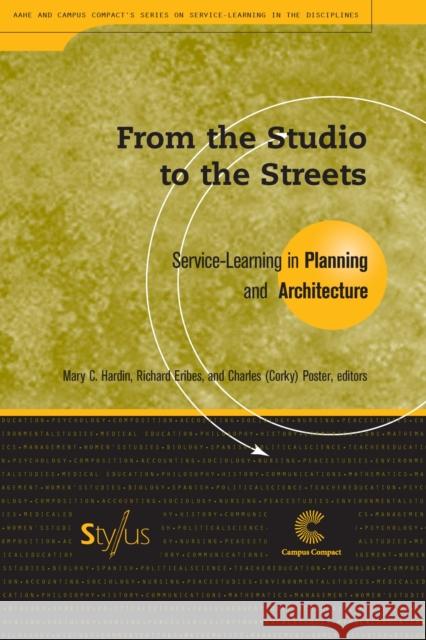From the Studio to the Streets: Service-Learning in Planning and Architecture » książka
From the Studio to the Streets: Service-Learning in Planning and Architecture
ISBN-13: 9781563771002 / Angielski / Miękka / 2006 / 240 str.
Architecture should be the ideal field of study for applying to service learning since it requires mastery of theoretical concepts for direct application to human situations and needs. Though architecture has long fostered learning by doing, it is only recently that the field's hands-on aspects have been subjected to more systematic appraisal. This book is the first book to make a formal connection between service learning pedagogy and architectural practice, and to address the related issues, both professional and ethical.
This book looks equally at the emergence in the sixties of planning departments out of schools of architecture, and at planning's shift in orientation away from -master planning, - elite designers, and signature buildings to the mainstream acceptance of neighborhood-based planning and socially engaged practice. This turn has led to far more widespread adoption of service learning in planning programs.
The chapters in this book illustrate how service learning can be used to develop a wide range of professional skills in students, including land use and building condition surveys, zoning analysis, demographic analysis, cost estimating, public presentation, site planning, urban design, participatory design processes, public workshops, and design charrettes as well as measured drawings of existing buildings.
The author demonstrates how community design programs are more than service activities; and how they can be models of interdisciplinary teamwork, often involving planners, urban designers, and landscape architects as well as scholars and researchers from related fields.
The essays in this book offer insights into both successful initiatives and roadblocks along the way and address the practicalities of the use of this powerful pedagogy.











